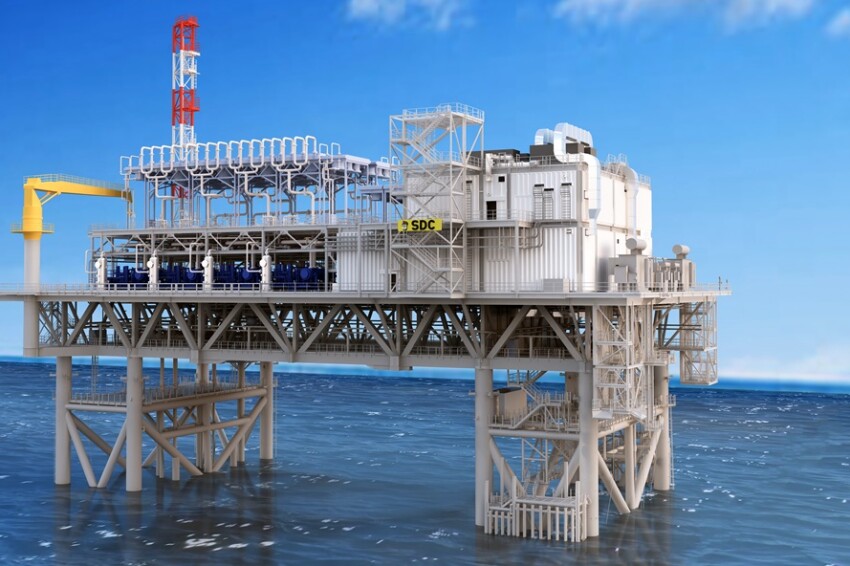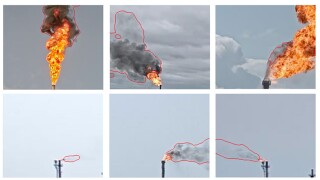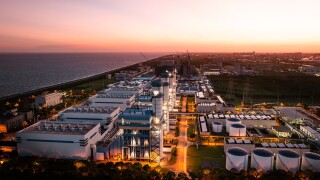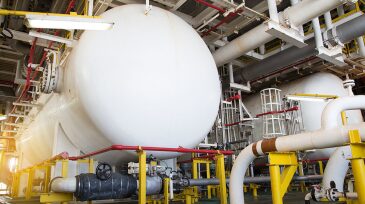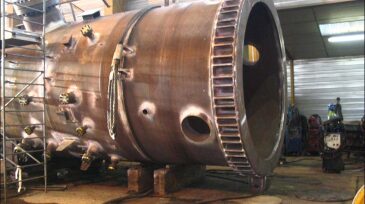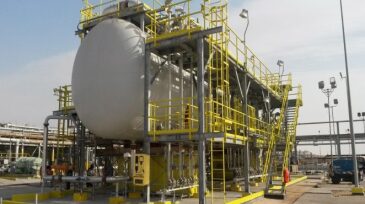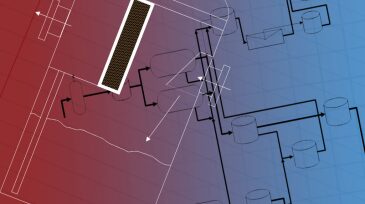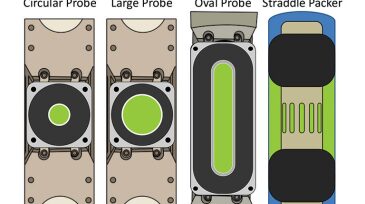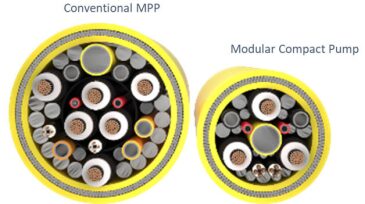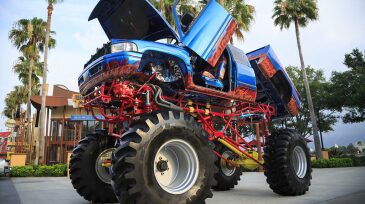Processing systems/design
BP’s new electric gas compression platform at Shah Deniz, Azerbaijan’s largest natural gas producer, is expected to sustain exports to Europe even as the field enters decline.
This paper focuses on developing a model that can be used in an automated, end-to-end flare-smoke detection, alert, and distribution-control solution that leverages existing flare closed-circuit television cameras at manufacturing facilities.
This study recommends favoring the combustion of ammonia over hydrogen for the purpose of reducing CO₂ and nitrogen emissions.
-
Process design of separation internals is just one step in improving the vessel performance. Just as important are the support design and installation steps. These lessons learned help to guide good off- and on-site planning to minimize separator turnaround.
-
The specification and selection of equipment is the responsibility of the static equipment engineer, based on requirements specified by other disciplines, including process, materials, and plant layout. These guidelines contain cost-effective recommendations for design, materials, and fabrication.
-
Steady-state modeling of an asset requires the work of multiple engineering teams, which often leads to suboptimal facility design. An integrated model using information consistently across the entire asset may alleviate the pain resulting from conventional methods.
-
A demonstration project of carbon capture, utilization, and storage through enhanced oil recovery was conducted in Saudi Arabia. Surface facilities for such projects are expensive to build and involve tradeoffs in options based on economics for a given set of conditions.
-
Troubleshooting and solving separation problems takes a combination of analytical tools, experience, and a knack for investigation. These 5 lessons provide a starting point for assessment.
-
This paper bridges the gap between operational petrophysicists and FTS specialists, introducing an automated work flow by which petrophysicists can conduct FTS jobs.
-
The latest entrants to tackle the development of barrier-fluid-less subsea pumps are Saipem and Curtiss-Wright Corp., who agreed to collaborate in designing and building pumps for water treatment and injection.
-
Oversizing a separator ensures meeting the life cycle needs of a facility, but are we setting ourselves up for failure in the long run? With peak rates typically being short-lived at best, or at worse, well beyond actual production rates, more weight needs to be given to the tail-end of production.
-
Learn about the guidelines for early stages of projects and a method for evaluating the effect of inlet piping and devices on gas/liquid separator performance and useful tools to evaluate the adequacy of a proposed design. [Note: Updated on 22 May, the article contains a number of corrections.]
-
We don’t include a structure like the Eiffel Tower with separators, pumps, and compressors on the top observation platform in an onshore development plan. And yet, how many jacket platforms are there around the world?

